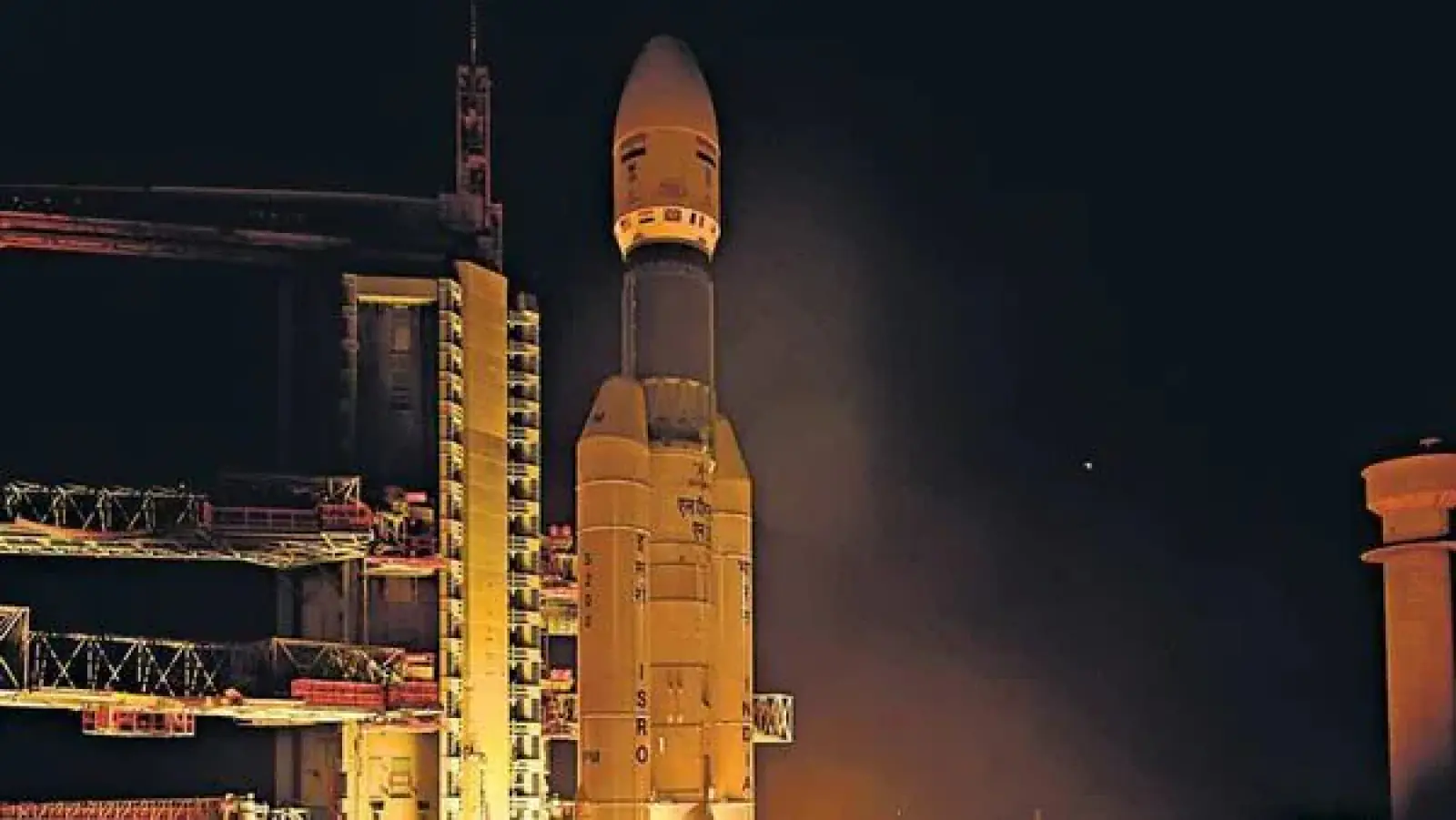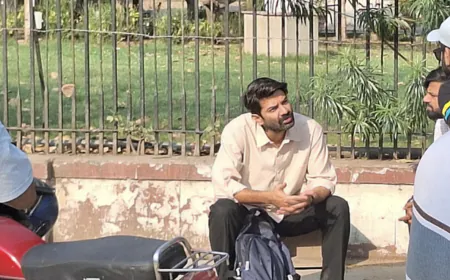India will be able to send 30 thousand kg of weight to space, agreement between ISRO and RRCAT
An agreement has been signed between ISRO and Raja Ramanna Pragati Technology Center (RRCAT) Indore. Under this, India will be able to send 30 thousand kg of weight to space in the future. There is a preparation to send humans to space by the year 2040. In such a situation, this technology can prove to be very effective. The launch vehicle is being prepared for this.

Currently, only lightweight materials can be carried on Chandrayaan and other space missions. Chandrayaan-3's total weight was only 3900 kg. In the future, India will be able to send 30,000 kg of weight into space. On Wednesday, ISRO and the Raja Ramanna Pragati Technology Centre (RRCAT) in Indore signed a collaboration agreement to develop this technology.
It is worth noting that there is a preparation to send humans to space by the year 2040. In such a case, this technology can be extremely beneficial. Dr. V Narayan, Director of ISRO's Liquid Propulsion System Centre (LPSC), stated that a new generation launch vehicle known as Surya is being built. Its propulsion system will be liquid oxygen and methane. A timeframe of 18 to 24 months has been set for developing the engine's technology.
CAT will be where the technology is developed. The engine's production will then begin. ISRO can currently produce only two to three rockets per year, but the new launch vehicle will require at least 25 rocket engines, necessitating an increase in India's capacity to produce such engines.
The special thing is that this technology will be completely Indian. CAT Director Unmesh D. Malshe said that Laser Additive Manufacturing (LAM) technology is being used for the first time in the engine manufacturing of the launch vehicle. It will be seven to eight times larger than the earlier launch vehicle. It will take eight years to physically prepare the complete engine.
For Latest News update Subscribe to Sangri Today's Broadcast channels on Google News | Telegram | WhatsApp




































.jpeg)









































































.jpeg)















